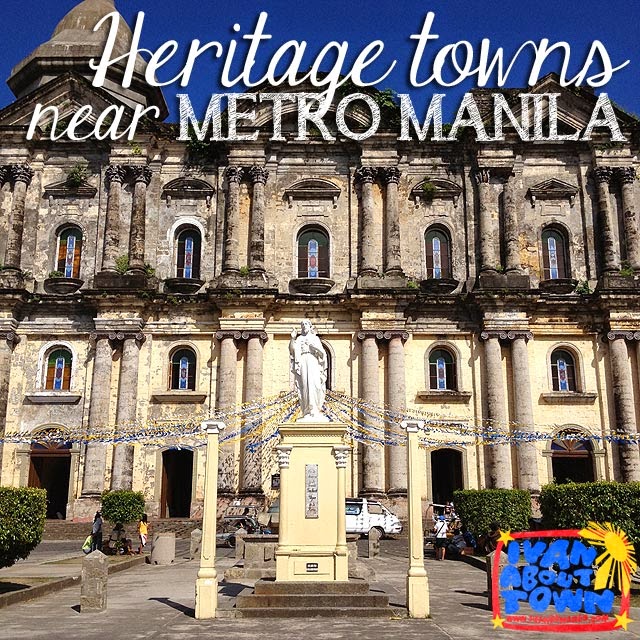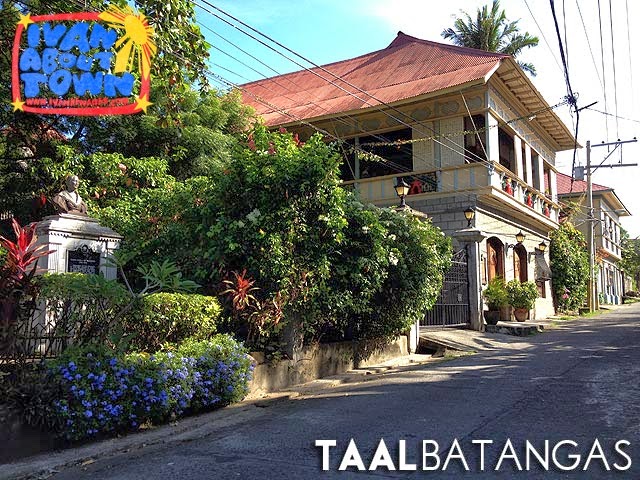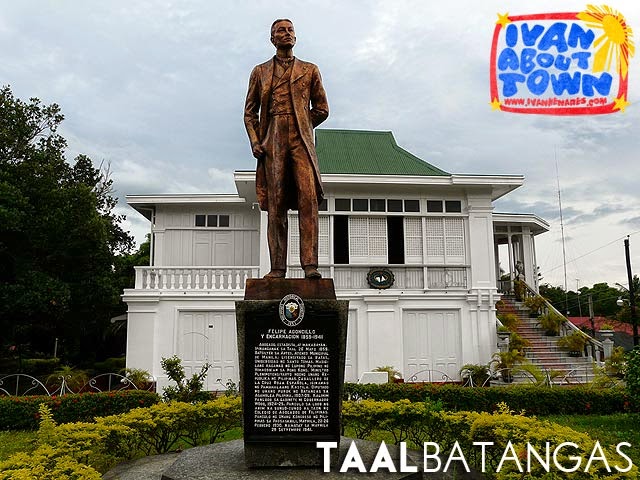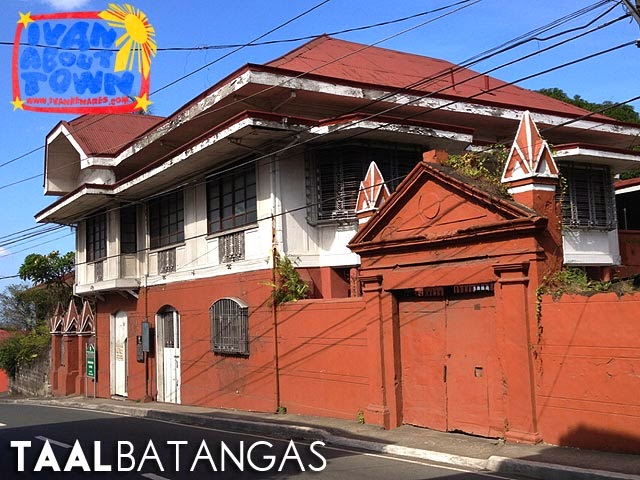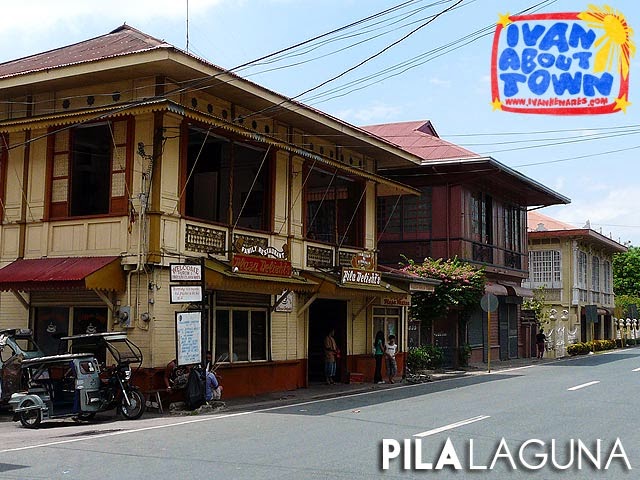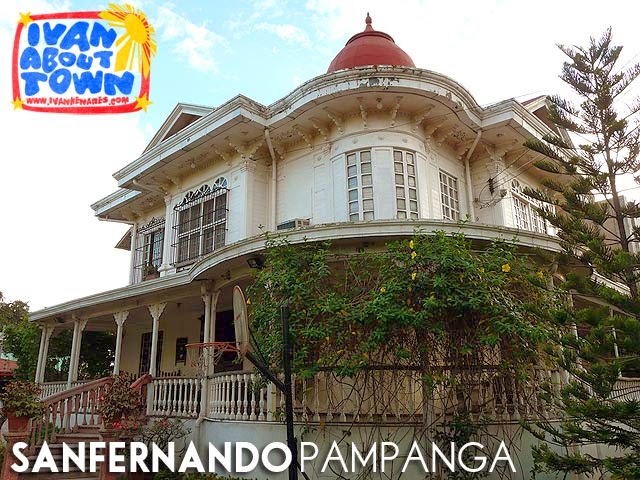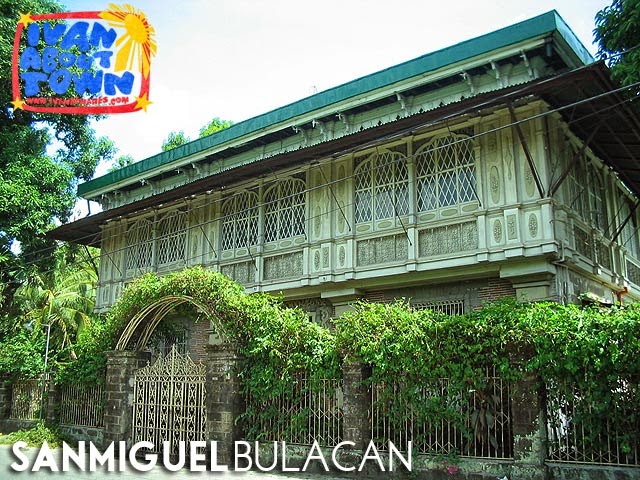Namaskaram from Kerala, India! Kerala is, no doubt, a beautiful destination. But many Filipinos overlook Kerala as a vacation destination simply because it is unfamiliar or maybe because there is an impression that getting to India costs a lot. I'm listing down ten good reasons why Filipinos should visit Kerala. I got to experience this beautiful Indian state for two weeks. And I definitely enjoyed the experience!
1. Budget flights are available from Manila via Singapore and KL
When the timing is right, you can get really cheap airfare to Thiruvananthapuram/Trivandrum (TRV) and Kochi (COK) via Tiger Airways (connecting flight in Singapore) and to Kochi via AirAsia (connecting flight in Kuala Lumpur). My one-way ticket from Kochi to KL on AirAsia was about Php4500 inclusive of baggage allowance, meals and taxes. You can also play around with combinations using Philippine-based carriers to Singapore and KL such as PAL and Cebu Pacific for more cost options. For full service, Jet Airways has affordable flights from Hong Kong, Singapore and Bangkok.
2. Tourist Visa on Arrival (TVOA) in Trivandrum and Kochi
Just last year, the airports in Thiruvananthapuram/Trivandrum (TRV) and Kochi (COK) were included in the TVOA for Philippine passport holders for stays up to 30 days. You need to prepare the following: (1) passport valid for six months upon arrival with two unused pages; (2) a return or onward ticket; (3) hotel reservation; (4) sufficient funds; (5) two passport size photographs; and (6) USD60 visa fee.
3. Kerala is very affordable and the people are extremely nice
One thing we liked about Kerala is that the destination is very affordable for our budgets. Many things are actually cheaper than what it would cost in the Philippines. And the people in South India are generally nicer to tourists than other places in India. Which is why our stay was extra pleasant!
4. Houseboat in the backwaters
Now for my favorite experiences, the first would be the overnight stay in a houseboat in the backwaters of Kerala. We did this in Alappuzha (Alleppey) around Vembanad Lake, the largest lake in Kerala. Backwaters are where rivers, lakes and estuaries meet the beach and the sea. It's a charming cultural landscape especially with the simple rural lifestyle and colorful culture that exists in these backwaters. While we're used to many of these scenes in the Philippines (the village tours might not be as interesting especially if you come from the provinces), the houseboat stay was one of a kind! It was a relaxing and pleasant trip through pristine backwaters. It was a chill experience if I may say!
5. Wildlife sanctuaries and the Western Ghats
Who wants to visit a zoo when you can see wild elephants in the many wildlife sanctuaries all over Kerala! The eastern area of Kerala is part of the Western Ghats, a
UNESCO World Heritage Site. At the Periyar Wildlife Sanctuary, we saw wild elephants, gaur (Indian bison), sambar deer, wild boar, a striped-necked mongoose, and many species of birds among others. Driving through the Wayanad Wildlife Sanctuary, we saw even more wild elephants, spotted deer and Malabar giant squirrels among others.
6. Hill stations and tea plantations
Being a former British territory, tea is a very important product of the many hill stations they established all over India. Kerala has many of them. And the most spectacular of these tea plantations are in Munnar. It was a pleasant drive going to Munnar as we took in these beautiful scenes of tea fields and workers picking tea.
7. Kerala is the land of Ayuveda
Even during a previous trip to India, I was told that the center of Ayurveda is Kerala. Which is why I was excited that I was getting Ayurvedic treatments in Kerala. The state has an abundance of forests with the herbs and medicinal plants needed for Ayurveda. The secret of Ayurveda is in the herbal oils that they rub onto your body. So make sure to try the Ayurveda when you visit Kerala.
8. Delicious food and colorful culture
For centuries, traders have sought Kerala's famed spices. The Romans, Phoenicians, Chinese, Arabs, Jews, and later, the Europeans, all landed in Kerala to trade spices. In fact, Christopher Columbus was headed west to search for Kerala's spices but instead found America. So it's no surprise that the food in Kerala is an experience worth trying. In fact, Travel + Leisure chose Kerala's breakfast as one of the best in the world!
Classical performing arts is also a major attraction. One of the cultural symbols of Kerala is Kathakali, with its elaborate costumes and colorful facial make-up. There is definitely much more!
9. Kochi and Thiruvananthapuram heritage
Kerala has been a center of trade and melting pot of cultures for thousands of years. Before Kerala, there were three major kingdoms: Travancore, Kochi and Malabar. Although much of the heritage was destroyed by a succession of colonizers, its historical character remains alive in places like Kochi and Thiruvananhapuram. I enjoyed walking around Fort Kochi and Mattancherry in Kochi. The details of the gopuram of the Padmanabha Swamy Temple in Thiruvananthapuram were fantastic! Many of the stately British colonial buildings can be found in Trivandrum.
10. Many luxury resorts all over the state
Budget travelers will definitely enjoy Kerala. But high-end travelers who prefer staying at luxury or five-star resorts will also have a feast! Kerala has fantastic resorts, many of them branded, all over the state. There are resorts by the beach, in the heart of the backwaters or in the middle of the pristine forests of the Western Ghats. Among my favorites are Vivanta by Taj Kovalam near Trivandrum, Coconut Lagoon in Kumarakom, WelcomHotel Raviz Kavadu in Kozhikode (Calicut), Spice Village Resort in Thekkady, Vythiri Resort and Tranquil Resort in Wayanad and Estuary Island Resort in Poovar. For a high-end houseboat experience, we did Lakes and Lagoons in Alappuzha (Alleppey). Kerala also has comfortable five-star business hotels in major cities. I stayed at Vivanta by Taj Malabar Cochin and Crown Plaza Kochi, both fantastic hotels in Kochi.
Other great hotels and we stayed at during this trip were Quilon Beach Hotel in Kollam Beach, KTDC Tea County in Munnar, Vasco Dagama Beach Resort in Kappad Beach, and the Abad Airport Hotel in Kochi. Many of them have really nice beaches too!
Traveling beyond Kerala
Kerala is a good jump-off point for neighboring Tamil Nadu, Karnataka and Goa. You can also take a train or flight to major cities in North India and fly out from there. But there's no doubt, Kerala is God's Own Country. And Filipinos will definitely enjoy exploring this beautiful Indian state. I did!


